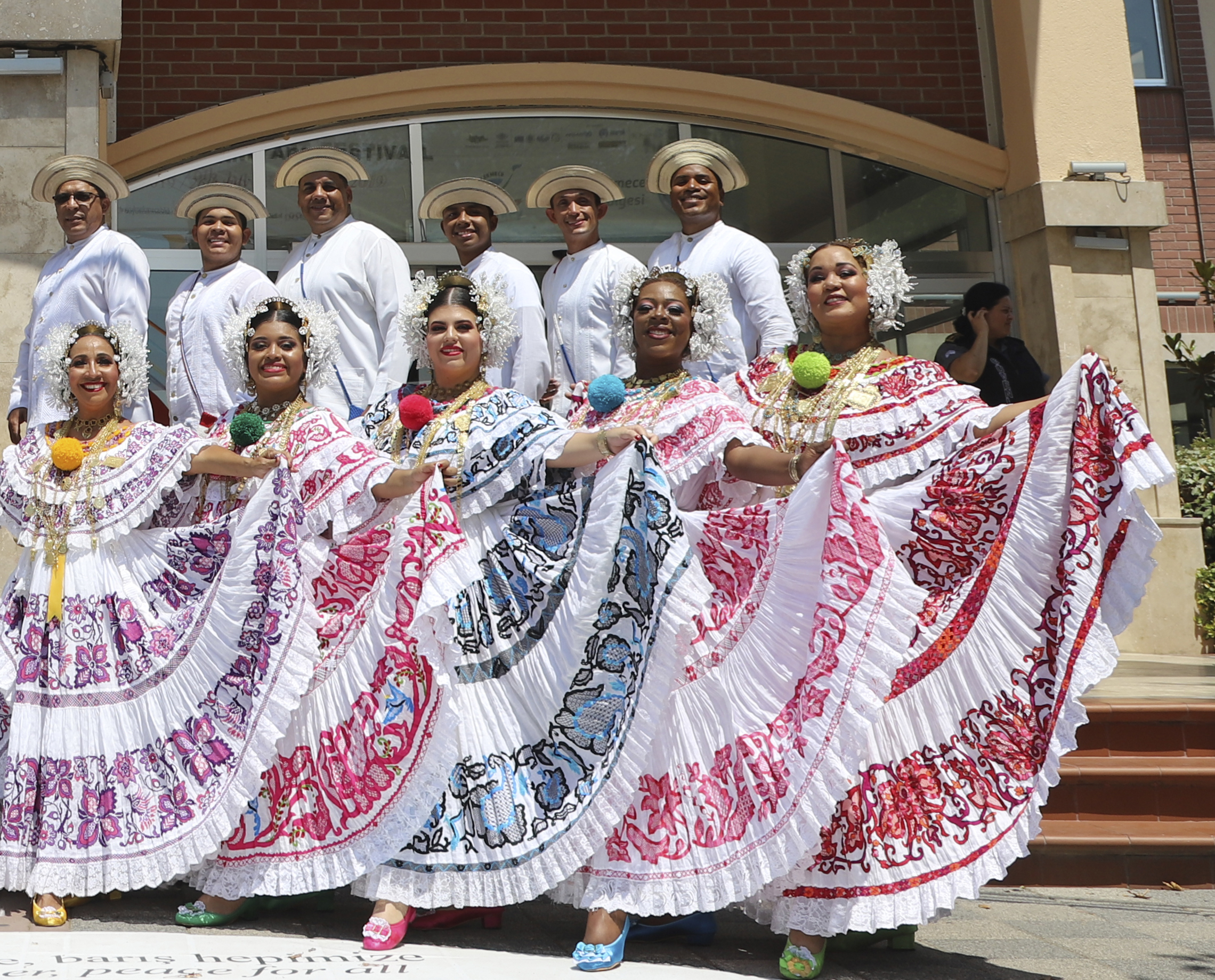
Famous for its canal, a major work of engineering and an essential point of passage for navigation, Panama stretches its land between the Caribbean and the Pacific. The beauty and richness of its ecosystem mark its identity and traditions, which are a blend of Spanish, Amerindian and North American cultures. Despite a history marked by colonization, Panama has proudly preserved its indigenous customs and rites. Some communities in the Caribbean archipelagos still live completely out of time. Their traditional dances and songs express a deep respect for the land, nature and community spirit.
The Carnival period brings together and revives the country's cosmopolitan traditions. In the streets of Panama City, women and men dance the "tamborito", a romantic dance accompanied by a female chorus, drums and clapping, as well as the "cumbia", a dance of African origin. Until the last Wednesday of the Ash Wednesday, the crowd vibrates to the rhythm of reggaeton, merengue, tipico, salsa and congo music.
Founded in 1985, the Ballet Folklorico "Ritmos y raices panamenas" has become an ambassador of this diverse culture and traditions. The troupe performs folk dances and songs and wears the country's traditional costumes, including the famous pinta'o hat, made from vegetable fibers, and clothes made of mola, an assemblage of fabric produced by the indigenous Cuna people.



